The Biggest Myth In Quantum Physics

Quantum interpretations are all the rage. Too bad you don’t even need one.
In everyday life, there are certain rules we take for granted: cause-and-effect, for instance. Something occurs, and that causes other things to occur dependent on what happened at the start. Different causes lead to different effects. But in the case of quantum physics, the standard rules are fundamentally different. You can’t define even your starting point to arbitrary precision, as there’s an uncertainty inherent to certain properties of your system. There isn’t a predictable, deterministic way to describe how your system evolves over time, only a set of probabilities that you can calculate. And, if you make a definitive enough measurement, observation, or interaction, you will see a single outcome: the effect you were looking for. But the very act of making that measurement, observation, or interaction fundamentally changes the state of your system.
How to interpret this behavior has been the subject of debate for nearly a century. The resolution, however, may be unsettling to anyone who comes across it: not to interpret it at all. As puzzling as it sounds, interpretations may be the very thing that prevent us from truly gaining an understanding of our quantum reality.
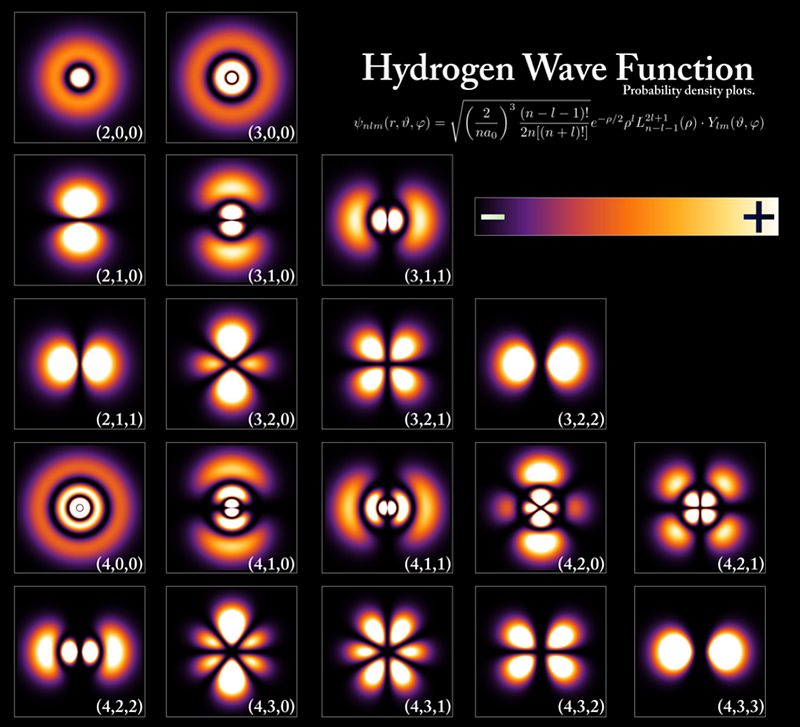
Consider the case of Schrödinger’s cat. Place a cat in a box with a single radioactive atom in there. If the atom decays, poison is released; the cat eats it and dies. If the atom doesn’t decay, the poison isn’t released; the cat lives. This analogy bothered Schrödinger tremendously, because under the cause-and-effect rules, either the cat must either be alive or not alive. The atom decayed or it didn’t, the poison was released or it wasn’t, and the cat died or didn’t die. But if you don’t make a measurement, observation, or cause an interaction that tells you the outcome, the atom — and hence, the cat — must be in a superposition of states, meaning the cat is both alive and dead at the same time. The failure to know whether a (theoretically quantum) animal is alive or dead, and insisting it must be a mix of both, is a classic example of quantum weirdness.
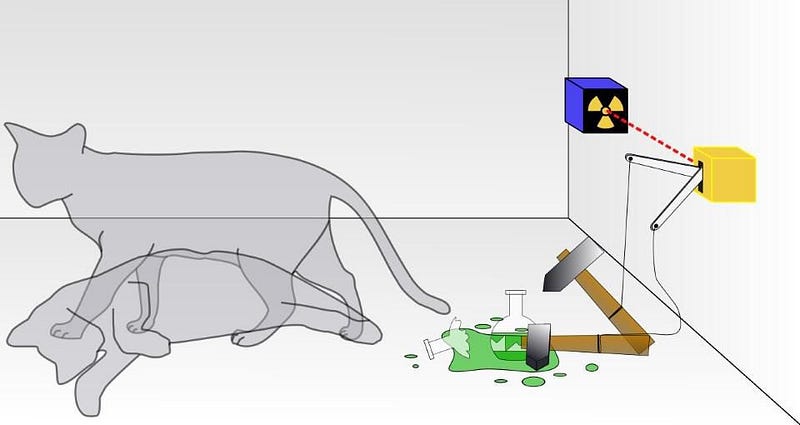
Another one, that’s not an analogy but an actual experiment, involves firing a single electron at a barrier that contains two narrow slits in it, separated by only a short distance, with a screen behind them. Common sense tells you that the electron should go through either the left slit or the right slit, and that if you fire many such electrons in a row, you should get two bunches: one corresponding to electrons that went through the left slit, the other corresponding to those that went through the right slit. But that’s not what happens at all.
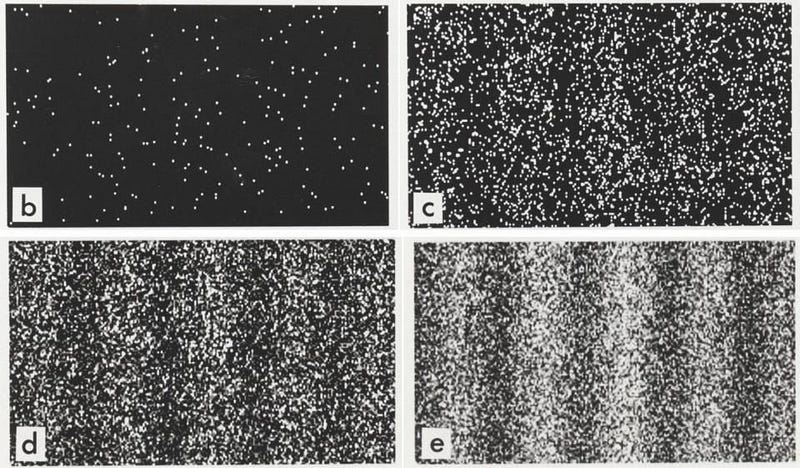
Instead, what you see on the screen looks like an interference pattern. These individual electrons are behaving like waves, and the patterns looks like what you’d get if you fired continuous light waves through a double slit, or even sent water waves through a tank with two gaps where the slits are.
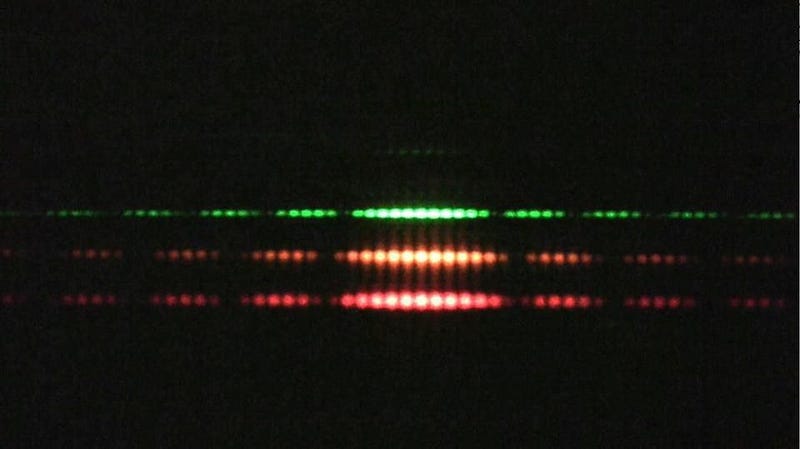
But these are single electrons! Where are they, at any given point in time, and which slit did they go through?
You might think to set up a detector at each slit, to measure which one each electron goes through. And you can do this: electron #1 goes through the right slit; #2 goes left; #3 goes left; #4 goes right; #5 goes left, and so on. But now, when you look at the pattern of electrons on the screen, you don’t get the interference pattern you had before. You only get the two bunches. Somehow, the act of observing, measuring, or forcing an interaction has changed the outcome.
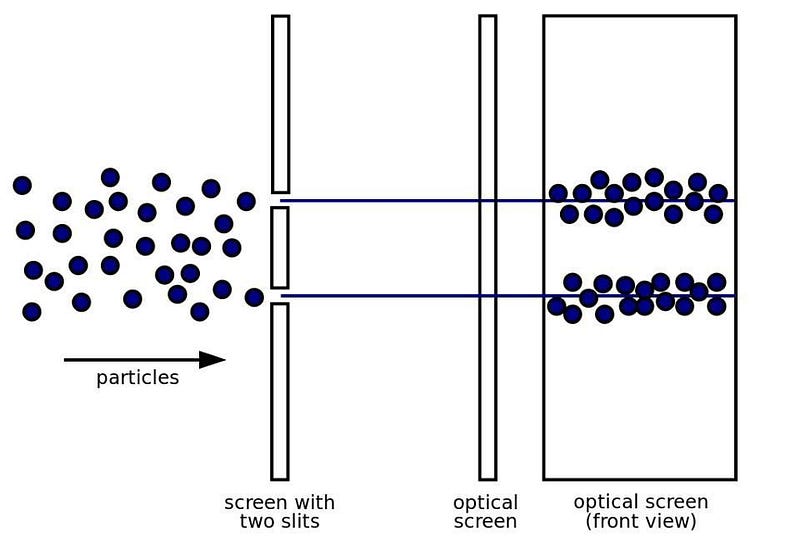
This quantum weirdness isn’t just unsettling, it defies a clear explanation as to what’s actually going on. One approach has been to create an interpretation of quantum mechanics. There are a great many examples of ways people have tried to make sense out of what’s happening here. They include:
- the Copenhagen Interpretation, asserting that the quantum wavefunction is physically meaningless until a defining measurement is made, and only assigns probabilities for what would occur if you made such a measurement, which “collapses” the wavefunction,
- the Many-Worlds Interpretation, which holds that quantum states interact with the environment, producing entanglement and an ever-growing number of possible outcomes, where an exponentially large number of parallel Universes exists to house each possible outcome,
- the Ensemble Interpretation, where you imagine an infinite number of identical systems prepared in the same way, and making a measurement simply chooses one outcome to be “the real one,”
- and the Pilot Wave/de Broglie-Bohm interpretation, where particles always exist and have positions, are guided by wavefunctions, implying that the “wave guides” (known as pilot waves) are deterministic and governed by hidden variables, which must be non-local (affecting disconnected spacetime points simultaneously) in nature,
among many others. A slew of interpretations, and the different assumptions about the nature of reality inherent to them, is illustrated below.

But for these interpretations, an example of the ones that are not yet ruled out, a difficulty arises that’s inherent to them: there is no experiment yet devised that would allow us to discern one from another. The physical theory of quantum mechanics (or quantum field theory, by extension) stands all on its own, irrespective of whatever interpretation we apply to it. In other words, quantum theory works perfectly fine exactly as it is, where quantum operators act on quantum wavefunctions, accurately giving you the probability distribution of whatever outcome might ensue. When you do the relevant experiments, the interpretation you apply is completely irrelevant.
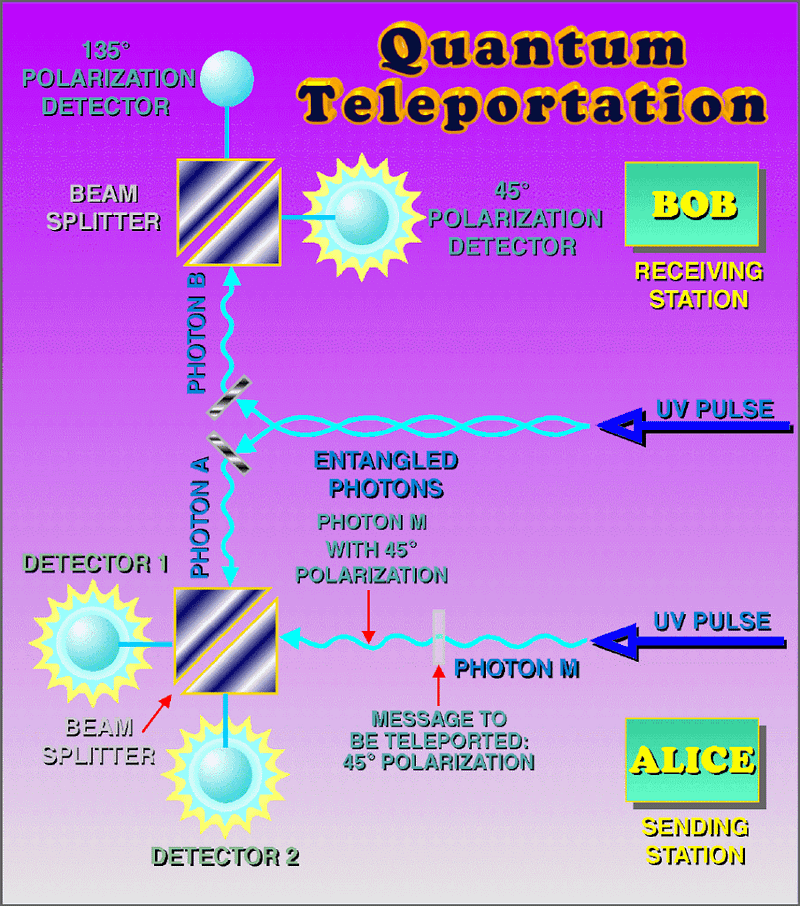
Still, physicists, philosophers, and armchair students argue about the various interpretations as though they have different physical meanings, when in truth, it may simply be akin to the ancient story of the blind men examining the elephant. As Niels Bohr himself, originator of the Copenhagen Interpretation, realized:
The fact that religions through the ages have spoken in images, parables, and paradoxes means simply that there are no other ways of grasping the reality to which they refer. But that does not mean that it is not a genuine reality. And splitting this reality into an objects and a subjective side won’t get us very far.
While many have their favorite interpretations, for most, they simply add confusion rather than illuminating everything. The variety in what explanations must be added on may not illustrate the possibilities for what reality truly is, but rather show how limited our human perception and intuition is when it comes to actually understanding and making sense out of our quantum Universe. While we can design experiments that highlight or illustrate the behavior of a particular interpretation, they all fail to tell us anything additional about the properties of our Universe.
Questions like “How or why does [quantum physics] work?” or “What, if anything, do the mathematical objects in [quantum] theory represent?” have as many answers as we care to give them. But those, arguably, say much more about us and our prejudices, biases, and assumptions about the Universe than the reality of the Universe itself. There are very few things we can actually observe in nature: particle properties like position, momentum, cross-sections, scattering amplitudes, and individual quantum states are pretty much it. Asking questions about the underlying nature of reality assumes that a true reality conforms to certain rules that fit our intuition, while the exact opposite may turn out to be true. Our perception of reality is determined by our limited senses and capabilities, and whatever rules truly govern the Universe may be more foreign to us than our minds have ever conceived of.

Quantum physics is fascinating in part because of how different the behavior of the quantum Universe is from our everyday experiences. Everything can behave as a wave or a particle, depending on what you do to it; the Universe is made from indivisible quanta; we can only predict the probabilities of an outcome, not an individual outcome; quantum physics is non-local in both space and time; and its effects are most visible on only the smallest scales. It’s arguably the weirdest thing we’ve ever discovered about the Universe.
And yet, we couldn’t help but add ourselves into the equation, perhaps due to the difficult-to-define terms of “observation,” “measurement” and “interaction.” Take ourselves out of it, and all we have are the equations, the results, and the answers that the physical Universe gives. Physics cannot answer questions about “why” the Universe works the way it does; it can only explain how it works at all. If you’re interested in the fundamental nature of reality, ask the Universe questions about itself, and when it tells you its secrets, listen. Anything else that you layer atop it was put there by you, not by the Universe. Avoid that temptation, and you’ll never fall for the greatest myth about quantum physics: that it needs an interpretation at all.
Ethan Siegel is the author of Beyond the Galaxy and Treknology. You can pre-order his third book, currently in development: the Encyclopaedia Cosmologica.





